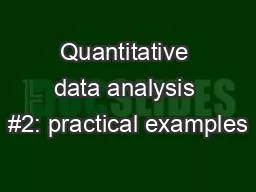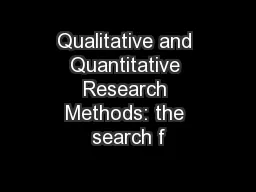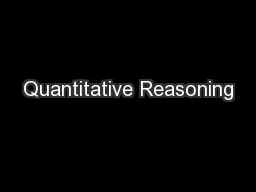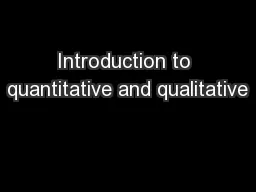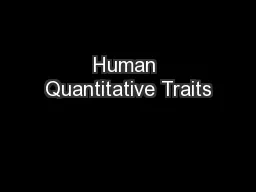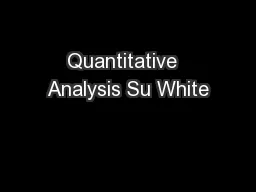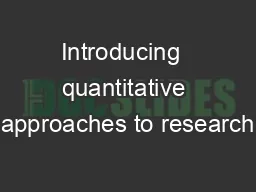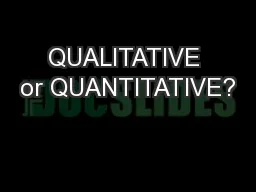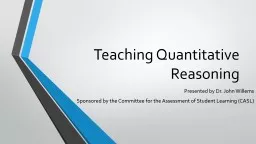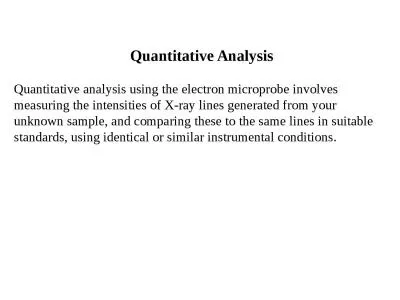PPT-Quantitative data analysis #2: practical examples
Author : crandone | Published Date : 2020-06-22
Domenico Giordano Andrea Valassi CERN ITSDC With contributions from and many thanks to Hassen Riahi White Area Lecture 3 rd June 2015 Followup to the previous
Presentation Embed Code
Download Presentation
Download Presentation The PPT/PDF document "Quantitative data analysis #2: practical..." is the property of its rightful owner. Permission is granted to download and print the materials on this website for personal, non-commercial use only, and to display it on your personal computer provided you do not modify the materials and that you retain all copyright notices contained in the materials. By downloading content from our website, you accept the terms of this agreement.
Quantitative data analysis #2: practical examples: Transcript
Download Rules Of Document
"Quantitative data analysis #2: practical examples"The content belongs to its owner. You may download and print it for personal use, without modification, and keep all copyright notices. By downloading, you agree to these terms.
Related Documents

